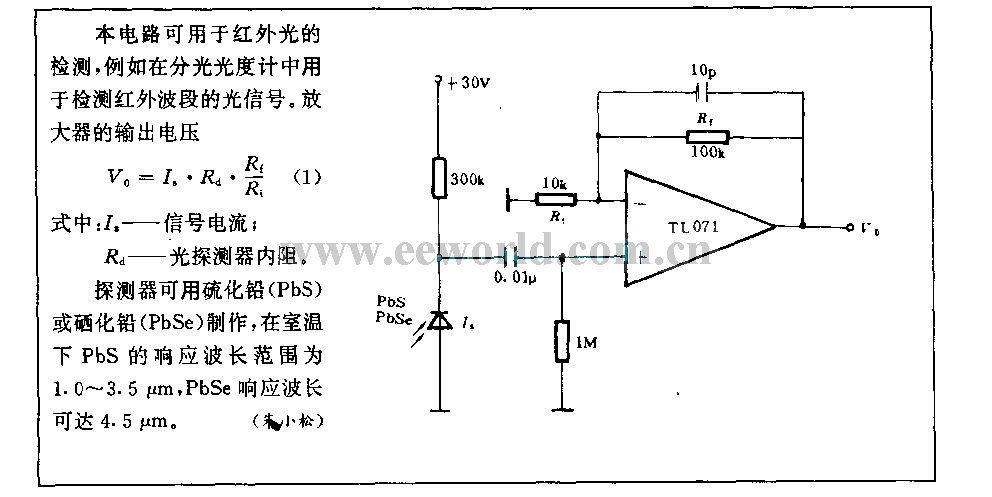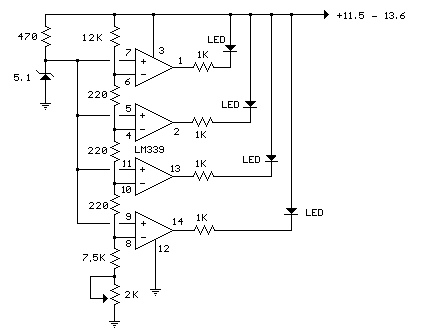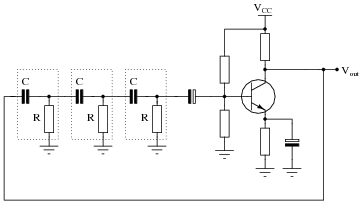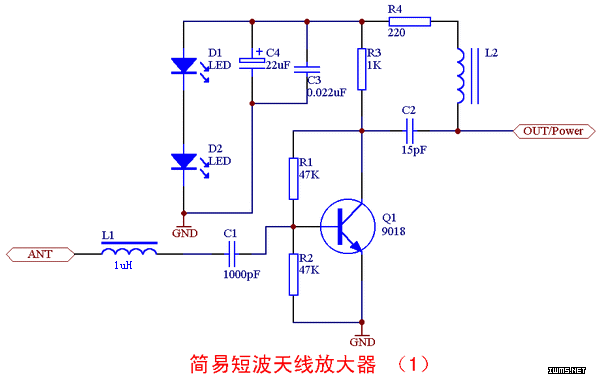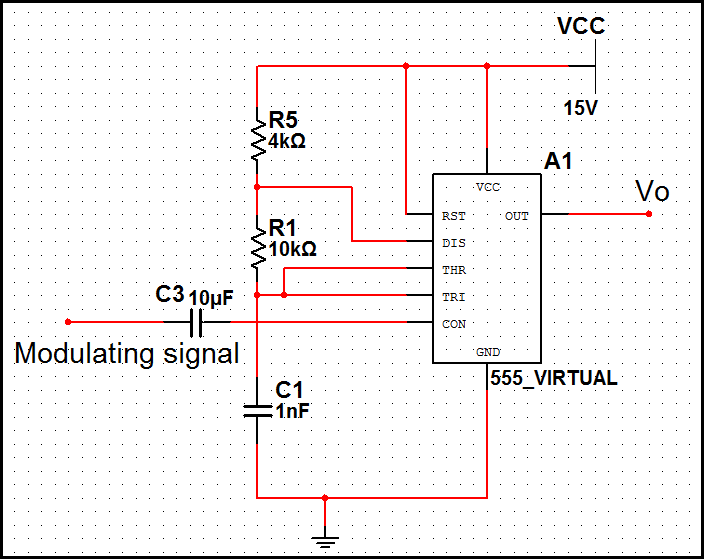
Discharge time relay circuit
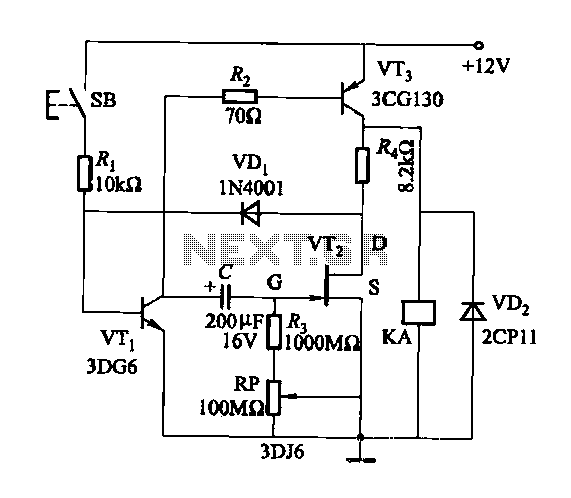
Discharge time relay circuit. The timer utilizes a field effect transistor, providing high timing accuracy and extended timing capabilities. With R3 set to 1,000,000 ohms and C at 200 microfarads, a delay time of 8 hours can be achieved. When the button SB is pressed, transistor VT1 conducts, followed by transistor VT3, activating relay KA to initiate the delay. Once capacitor C discharges to a specified voltage, VT2 transitions from off to on, causing VT3 to deactivate and releasing relay KA. The delay time is determined by resistors R3, RP, and capacitor C.
The discharge time relay circuit is designed to provide a controlled delay in activating or deactivating a load, utilizing a combination of resistors and capacitors to achieve precise timing. The field effect transistor (FET) serves as the primary timing element, allowing for high accuracy due to its low input capacitance and high input impedance.
In this configuration, the resistor R3, which is set to 1,000,000 ohms, works in conjunction with the capacitor C, rated at 200 microfarads, to create a time constant that governs the discharge time. The relationship between the resistance, capacitance, and time constant can be expressed using the formula τ = R × C, where τ is the time constant in seconds. For the given values, τ would be approximately 200 seconds, which indicates the time it takes for the capacitor to discharge to about 37% of its initial voltage. However, the total delay time for the relay activation is further influenced by any additional resistance introduced by RP.
The operation begins when the user presses button SB, which activates transistor VT1. This action allows current to flow through the circuit, turning on transistor VT3, which in turn energizes relay KA. The relay's activation can control various loads, such as motors or lamps, based on the desired application.
As the capacitor C discharges, its voltage gradually decreases. When this voltage drops to a predetermined threshold, transistor VT2 switches from an off state to an on state. This transition causes transistor VT3 to turn off, effectively deactivating relay KA and stopping the load. The timing accuracy of this circuit is primarily determined by the stability of the capacitor and the resistors, making it suitable for applications requiring long delay intervals, such as in industrial automation, lighting control, and HVAC systems.
In summary, the discharge time relay circuit is a robust solution for implementing time delays in electronic systems, leveraging the characteristics of field effect transistors and passive components to achieve reliable performance over extended periods.Discharge time relay circuit The timer field effect tube, and therefore have a high timing accuracy, timing and so long. When the R3-IOOOMfl, C 200VF when a delay time of 8h. P ress the button SB, transistor VTi conduction, VT3 conduction, the relay pull KA, delay start. When the capacitor C discharges to a certain value, VT2 is turned on from off, VT3 deadline, KA released. Delay time is determined by R3, RP and C.
The discharge time relay circuit is designed to provide a controlled delay in activating or deactivating a load, utilizing a combination of resistors and capacitors to achieve precise timing. The field effect transistor (FET) serves as the primary timing element, allowing for high accuracy due to its low input capacitance and high input impedance.
In this configuration, the resistor R3, which is set to 1,000,000 ohms, works in conjunction with the capacitor C, rated at 200 microfarads, to create a time constant that governs the discharge time. The relationship between the resistance, capacitance, and time constant can be expressed using the formula τ = R × C, where τ is the time constant in seconds. For the given values, τ would be approximately 200 seconds, which indicates the time it takes for the capacitor to discharge to about 37% of its initial voltage. However, the total delay time for the relay activation is further influenced by any additional resistance introduced by RP.
The operation begins when the user presses button SB, which activates transistor VT1. This action allows current to flow through the circuit, turning on transistor VT3, which in turn energizes relay KA. The relay's activation can control various loads, such as motors or lamps, based on the desired application.
As the capacitor C discharges, its voltage gradually decreases. When this voltage drops to a predetermined threshold, transistor VT2 switches from an off state to an on state. This transition causes transistor VT3 to turn off, effectively deactivating relay KA and stopping the load. The timing accuracy of this circuit is primarily determined by the stability of the capacitor and the resistors, making it suitable for applications requiring long delay intervals, such as in industrial automation, lighting control, and HVAC systems.
In summary, the discharge time relay circuit is a robust solution for implementing time delays in electronic systems, leveraging the characteristics of field effect transistors and passive components to achieve reliable performance over extended periods.Discharge time relay circuit The timer field effect tube, and therefore have a high timing accuracy, timing and so long. When the R3-IOOOMfl, C 200VF when a delay time of 8h. P ress the button SB, transistor VTi conduction, VT3 conduction, the relay pull KA, delay start. When the capacitor C discharges to a certain value, VT2 is turned on from off, VT3 deadline, KA released. Delay time is determined by R3, RP and C.
